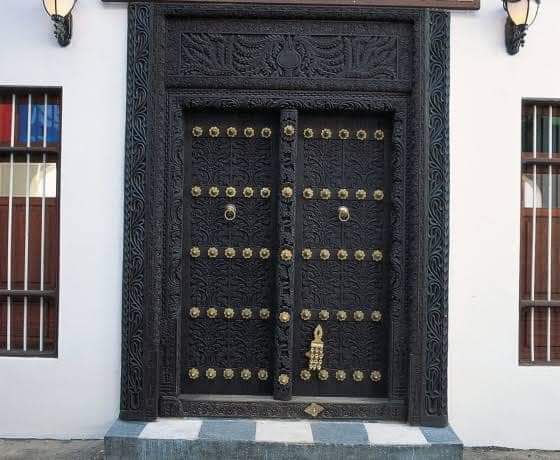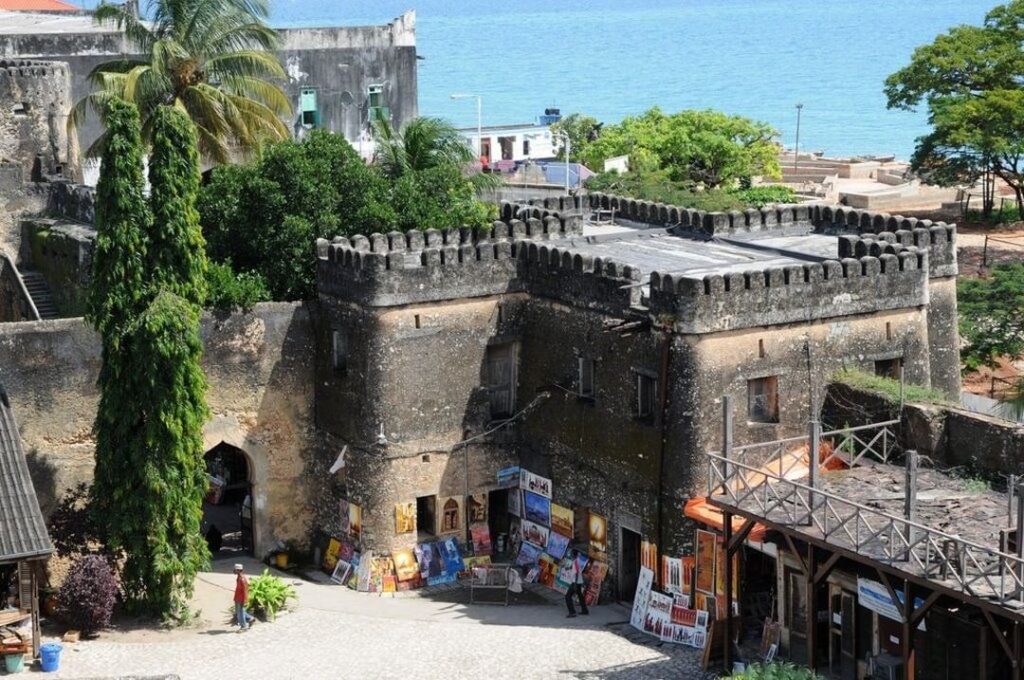Stone Town, the historic heart of Zanzibar City, is a vibrant cultural crossroads with centuries-old architecture, bustling markets, and winding alleyways. This UNESCO World Heritage site holds a unique charm, blending African, Arab, Persian, Indian, and European influences, creating a rich tapestry of history and tradition. Walking through Stone Town feels like stepping back in time, yet the area remains alive with energy and activity.
The origins of Stone Town date back over a thousand years when Zanzibar was a major trading hub, particularly for spices, ivory, and slaves. The architecture here reflects its multicultural heritage, with Omani forts, Persian-style houses, and Indian-influenced buildings with intricately carved doors. These doors, often featuring brass studs, are one of Stone Town’s most distinctive features and showcase the artistic legacy of the island. Wandering through the narrow alleyways, visitors encounter an architectural blend of stone buildings with wooden balconies and latticework, remnants of a thriving past.
The area’s historical significance is also marked by key sites, like the former slave market. This haunting memorial stands as a reminder of Zanzibar’s role in the East African slave trade. The Anglican Cathedral, built over the former slave market, symbolizes Zanzibar’s journey from the past to a new era, commemorating those who suffered under this dark chapter. Nearby, the Sultan’s Palace (now a museum) provides a glimpse into the lives of the Omani rulers who once governed Zanzibar, displaying artifacts from the royal family and detailing Zanzibar’s political history.
Stone Town’s bustling Darajani Market is an explosion of sights, sounds, and scents. Here, locals barter for fresh fish, fruits, spices, and other daily essentials. It’s the perfect place to experience the vibrant energy of Zanzibari life and sample local delicacies. Don’t miss the seafood – vendors display an impressive array of fresh catches, from red snapper to octopus, prepared in various traditional ways. This market also gives insight into the spice trade that put Zanzibar on the map; the stalls are piled high with cloves, cinnamon, and other spices that were once as valuable as gold.
One of the most notable landmarks is the House of Wonders, once the palace of Sultan Barghash and the first building in East Africa to have electricity and an elevator. Though currently undergoing restoration, the House of Wonders remains an icon of Zanzibar’s architectural heritage. Not far away is the Old Fort, a robust structure built by the Portuguese in the 17th century, later taken over by Omani Arabs. Today, the fort hosts cultural events, including film festivals, live music, and dance performances, keeping Stone Town’s arts scene vibrant.
Beyond history, Stone Town has a modern pulse. Cafés and boutique shops line the narrow streets, offering everything from Zanzibari coffee and local handicrafts to intricate silver jewelry and handmade textiles. Rooftop restaurants provide stunning views of the Indian Ocean, especially during sunset, when the city glows in warm hues.
In Stone Town, tradition and modernity meet. The call to prayer echoes through the streets alongside laughter and music, creating a sensory experience unlike any other. The cultural fusion, historic landmarks, and welcoming locals make Stone Town a place to linger and discover something new with every turn. It’s more than a destination – it’s a place where the past and present exist in harmony, creating a uniquely vibrant and unforgettable atmosphere.


